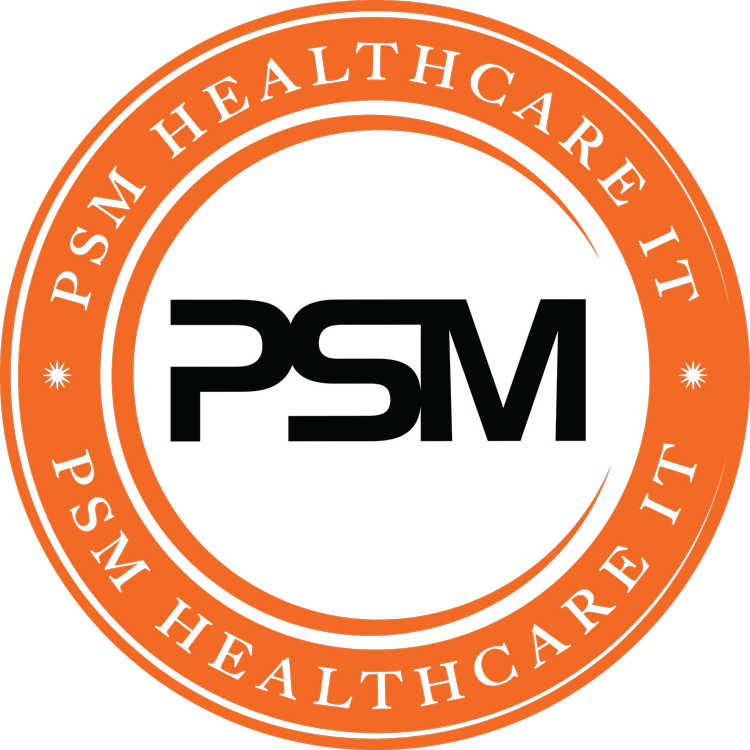In the fast-paced world of healthcare, optimizing your IT setup is crucial for efficiency and patient care. From ensuring data security to enhancing communication, a well-designed system can make all the difference. Get ready to revolutionize your healthcare IT setup with these key strategies: maximizing interoperability, prioritizing cybersecurity, leveraging cloud solutions, and embracing telehealth innovations. Stay ahead in the healthcare game by implementing these game-changing tips.
Key Takeaways
-
Implement robust data security measures to safeguard sensitive patient information and prevent unauthorized access.
-
Prioritize seamless interoperability solutions to ensure smooth communication and data exchange between different healthcare IT systems.
-
Opt for an efficient Electronic Health Records (EHR) system to streamline patient data management and enhance overall healthcare delivery.
-
Invest in scalable cloud infrastructure to support the growing needs of healthcare IT systems and ensure flexibility and cost-effectiveness.
-
Choose user-friendly telemedicine platforms to facilitate remote consultations and improve access to healthcare services for patients.
-
Leverage AI-powered analytics tools to derive valuable insights from healthcare data, enhancing decision-making processes and improving patient outcomes.
1. Robust Data Security Measures

Implementing multi-layered security protocols is crucial in safeguarding patient data within healthcare IT setups. By utilizing encryption, access controls, and intrusion detection systems, organizations can ensure that sensitive information remains protected from unauthorized access.
Regularly conducting security audits and risk assessments helps in identifying vulnerabilities within the system. By staying proactive and addressing potential weaknesses promptly, healthcare facilities can mitigate risks of data breaches and cyber attacks. These assessments also aid in ensuring compliance with industry regulations such as HIPAA (Health Insurance Portability and Accountability Act) to maintain the integrity of patient data.
Educating staff on best practices for data protection and breach response is essential in creating a culture of security awareness. Training sessions on recognizing phishing attempts, using secure passwords, and reporting suspicious activities can significantly reduce the likelihood of security incidents. In the event of a breach, having well-prepared staff can help in containing the situation swiftly and minimizing its impact on operations.
2. Seamless Interoperability Solutions
In the realm of healthcare IT setup, seamless interoperability solutions play a crucial role in ensuring efficient communication and data exchange between various systems. By advocating for standardized data formats, healthcare organizations can enhance interoperability and streamline the sharing of vital information across different platforms.
Interoperability is essential for enabling healthcare providers to access patient data swiftly and accurately, leading to improved care coordination and better patient outcomes. Prioritizing solutions that offer real-time access to patient information can significantly enhance the quality of care provided by healthcare professionals.
Key features of seamless interoperability solutions include:
-
Enhanced Communication: Facilitates smooth communication between different health IT systems, allowing for seamless data exchange.
-
Improved Efficiency: Standardized data formats reduce errors and delays in information sharing, enhancing overall operational efficiency.
-
Patient-Centric Care: Real-time access to patient information enables healthcare providers to deliver personalized and timely care, ultimately benefiting the patients.
3. Efficient Electronic Health Records (EHR) System
Efficient Electronic Health Records (EHR) systems play a crucial role in modern health organizations by streamlining documentation processes and reducing clinician workload. These systems are designed to integrate features that support clinical decision-making and enhance patient engagement, ultimately improving the quality of care provided.
Key Features:
-
Streamline Documentation: EHR systems automate data entry, reducing manual paperwork and enabling healthcare professionals to focus more on patient care.
-
Clinical Decision Support: Integration of clinical decision support tools assists health professionals in making informed decisions by providing real-time information and alerts.
-
Patient Engagement: EHR systems offer patient portals for secure communication, appointment scheduling, and access to personal health records, promoting active patient involvement in their healthcare journey.
Benefits:
-
Improved Efficiency: By digitizing patient records and automating workflows, EHR systems increase efficiency within healthcare facilities.
-
Enhanced Care Coordination: EHR systems facilitate seamless communication between different healthcare providers, ensuring coordinated care delivery.
-
Data Analytics: These systems enable data collection for health research and analysis, contributing to evidence-based practices and improved outcomes.
Optimization Strategies:
-
Regular Performance Monitoring: Monitoring system performance helps identify areas for improvement and ensures optimal usage of the EHR system.
-
User Training: Providing comprehensive training to staff members enhances system utilization and ensures maximum benefits are derived from the EHR system implementation.
Efficient EHR systems are essential tools in the health information technology landscape, revolutionizing healthcare delivery and enhancing patient outcomes.
4. Scalable Cloud Infrastructure
Scalable cloud infrastructure is crucial for healthcare IT setups to accommodate the organization’s growth and evolving demands efficiently. By choosing cloud solutions that can scale with the organization, healthcare providers can ensure seamless operations without worrying about outgrowing their IT infrastructure.
When evaluating service providers, uptime reliability should be a top priority. Healthcare operations rely heavily on uninterrupted access to data and applications, making downtime unacceptable. Assessing data recovery capabilities is essential to mitigate the risk of data loss and ensure business continuity in case of unforeseen events.
Cloud infrastructure that supports secure remote access for healthcare professionals is vital in today’s digital healthcare landscape. With the increasing trend of telemedicine and remote patient monitoring, healthcare IT setups must enable secure access to patient data from anywhere while maintaining compliance with strict privacy regulations like HIPAA.
Choosing a scalable cloud infrastructure not only enhances operational efficiency but also improves overall flexibility and agility in responding to changing healthcare needs. It allows healthcare organizations to adapt quickly to new technologies, scale resources up or down as needed, and optimize costs effectively.
5. User-Friendly Telemedicine Platforms
User-friendly telemedicine platforms are crucial in the healthcare IT setup to ensure seamless interactions between patients and clinical users. These platforms are designed with intuitive interfaces, making it easy for both patients and providers to navigate through appointments and consultations efficiently.
-
Enhanced Patient Interaction: Telemedicine platforms incorporate features like appointment reminders and follow-up tools, improving patient engagement and adherence to treatment plans. These tools help in reducing no-show rates and enhancing overall patient experience.
-
Functionality Testing: Regular testing of these platforms is essential to maintain optimal performance. By conducting regular tests, healthcare providers can identify any glitches or issues promptly, ensuring a smooth user experience for both patients and clinical users.
-
Addressing User Feedback: User feedback plays a vital role in refining telemedicine platforms. Healthcare IT setups should prioritize addressing user feedback promptly to make necessary improvements that cater to the needs of both patients and clinical users effectively.
6. AI-Powered Analytics Tools
AI-Powered Analytics Tools in healthcare IT setup offer predictive insights and improved outcomes by analyzing patient data. These tools utilize artificial intelligence to process vast amounts of data quickly and accurately.
Implementing dashboards with real-time analytics empowers decision-makers to access critical information promptly. Enhanced clinical strategies are developed as staff interpret the AI-generated reports effectively.
By leveraging AI in healthcare analytics, organizations can unlock valuable insights from a plethora of data sources. These tools not only aid in predicting patient outcomes but also help in identifying trends, optimizing resource allocation, and improving overall operational efficiency.
AI tools enable healthcare providers to make informed decisions based on data-driven insights. They play a crucial role in enhancing patient care, reducing costs, and streamlining processes within healthcare facilities.
With the integration of AI-powered analytics tools, healthcare institutions can stay ahead in the rapidly evolving landscape of medical technology. By embracing these innovative solutions, organizations can drive better patient outcomes and elevate the quality of care provided.
7. Mobile Health Applications
Mobile health applications have revolutionized the way individuals engage with their healthcare, offering potential health benefits and enhancing national health by promoting proactive management of one’s well-being. These apps provide a convenient platform for users to monitor their health status, access medical information, and communicate with healthcare providers seamlessly.
Key features of mobile health apps include functionalities such as medication reminders, appointment scheduling, symptom tracking, and personalized health insights. By incorporating these tools into daily routines, users can stay on top of their health goals and adhere to treatment plans effectively.
Moreover, mobile health applications contribute to population health capability by enabling healthcare organizations to reach a broader audience and deliver essential services remotely. This not only enhances accessibility to care but also promotes early intervention and preventive measures, ultimately improving overall public health outcomes.
In addition to empowering patients, mobile health apps play a crucial role in promoting gen health by facilitating genetic testing, personalized wellness programs, and disease risk assessments. These capabilities enable individuals to make informed decisions about their health based on genetic predispositions and lifestyle factors.
To ensure user trust and data security, it is imperative for mobile health applications to comply with stringent security standards. By safeguarding sensitive information and maintaining privacy protocols, these apps uphold confidentiality and protect user data from potential breaches.
8. Compliance with HIPAA Regulations
Maintaining compliance with HIPAA regulations is crucial for any healthcare IT setup to ensure the security and privacy of patient information. Here are some key aspects to consider:
-
Establish Protocols: Set up clear protocols and guidelines to guarantee that all health IT solutions meet the stringent standards set by HIPAA. This includes implementing encryption measures, access controls, and regular security assessments.
-
Regular Training Sessions: Conduct frequent training sessions for all staff members to educate them on HIPAA compliance requirements. This ensures that everyone in the organization understands their roles and responsibilities in safeguarding patient data.
-
Monitoring Changes: Stay updated on any changes or updates to HIPAA regulations to adapt your IT setup accordingly. By keeping abreast of regulatory modifications, you can proactively adjust your systems and processes to remain compliant and avoid potential penalties.
Ensuring compliance with HIPAA regulations not only protects patient data but also upholds the reputation and credibility of the healthcare institution. By prioritizing adherence to these standards, healthcare IT setups can maintain trust with patients and demonstrate a commitment to data security.
9. Disaster Recovery Plan
A Disaster Recovery Plan is a crucial component of any healthcare IT setup, ensuring the continuity of operations in case of unforeseen events. Here are key aspects to consider:
-
Data Backup Procedures: Implement robust data backup procedures to safeguard critical information. Regularly back up electronic health records, patient data, and essential systems to prevent data loss during emergencies.
-
Regular Testing: Test the recovery plans regularly to verify their effectiveness. Conducting drills and simulations can help identify weaknesses and improve response times, ensuring quick restoration of services post-incident.
-
Roles and Responsibilities Documentation: Document roles and responsibilities for all staff members during a disaster. Clearly define who is responsible for what tasks to streamline response efforts and avoid confusion during high-stress situations.
Having a well-defined Disaster Recovery Plan not only protects sensitive healthcare data but also ensures minimal disruption to patient care. By prioritizing data security and operational resilience, healthcare facilities can maintain trust with patients and stakeholders even in challenging circumstances.
10. Ongoing Staff Training Programs
Continuous education programs enhance staff skills and keep them updated on the latest healthcare IT technologies. By fostering a culture of learning, organizations can ensure that their staff are well-equipped to handle the dynamic nature of the healthcare industry.
-
Encourage Participation: Encouraging staff to participate in workshops, seminars, and online courses can significantly boost their knowledge and expertise in healthcare IT.
-
Feedback Mechanisms: Implementing feedback mechanisms allows organizations to evaluate the effectiveness of training programs. This helps in identifying areas for improvement and ensuring that staff members are gaining valuable insights from the training.
By investing in ongoing staff training programs, healthcare facilities can witness a range of benefits, including:
-
Improved Efficiency: Well-trained staff are more efficient in utilizing IT systems, leading to smoother operations and enhanced patient care.
-
Enhanced Security: Training programs can educate staff on cybersecurity measures, reducing the risk of data breaches and ensuring patient information remains secure.
According to ongoing research, healthcare facilities that prioritize continuous staff training experience higher levels of employee satisfaction and retention rates. This highlights the importance of investing in staff development to create a knowledgeable and skilled workforce capable of meeting the evolving demands of the healthcare IT landscape.
Closing Thoughts
In setting up your healthcare IT infrastructure, remember the critical aspects covered in this guide. Robust data security, seamless interoperability, efficient EHR systems, scalable cloud infrastructure, user-friendly telemedicine platforms, AI-powered analytics tools, mobile health applications, HIPAA compliance, disaster recovery plans, and ongoing staff training are all key components for success. By implementing these elements thoughtfully, you can enhance patient care, streamline operations, and ensure regulatory compliance.
Make sure to assess your current setup against these points and make any necessary adjustments. Your dedication to optimizing your healthcare IT environment will not only benefit your organization but also improve the overall quality of care provided to your patients. Stay proactive and informed in this ever-evolving field to stay ahead of the curve and deliver top-notch healthcare services efficiently and securely.
Frequently Asked Questions
What are the key components of a robust healthcare IT setup for overall results, clinical data, research efforts, and systematic reviews?
A robust healthcare IT setup includes data security measures, interoperability solutions, EHR system, scalable cloud infrastructure, telemedicine platforms, AI analytics tools, mobile health apps, HIPAA compliance, disaster recovery plan, and staff training programs.
How can healthcare IT setup benefit medical practices?
Implementing a comprehensive healthcare IT setup enhances data security, streamlines operations, improves patient care coordination, enables remote consultations, ensures compliance with regulations like HIPAA, facilitates data analysis for better decision-making, and supports continuous staff training for optimal system utilization.
How does HIPAA compliance impact healthcare IT setup?
HIPAA compliance is crucial in healthcare IT setup to protect patient data privacy and security. It ensures that sensitive information is safeguarded through encryption, access controls, audit trails, and regular risk assessments. Non-compliance can lead to severe penalties and reputational damage for healthcare organizations.
Why is ongoing staff training important in a healthcare IT setup?
Ongoing staff training is essential to ensure that healthcare professionals are proficient in using IT systems effectively and securely. Training programs help employees stay updated on new technologies, best practices, and regulatory requirements, leading to improved efficiency, reduced errors, and enhanced patient outcomes.
How can a disaster recovery plan benefit a healthcare IT setup?
A disaster recovery plan is critical for ensuring business continuity in the event of unforeseen disruptions or data breaches. By having a well-defined plan in place, healthcare organizations can minimize downtime, recover data quickly, maintain service availability, and safeguard patient information during emergencies.





